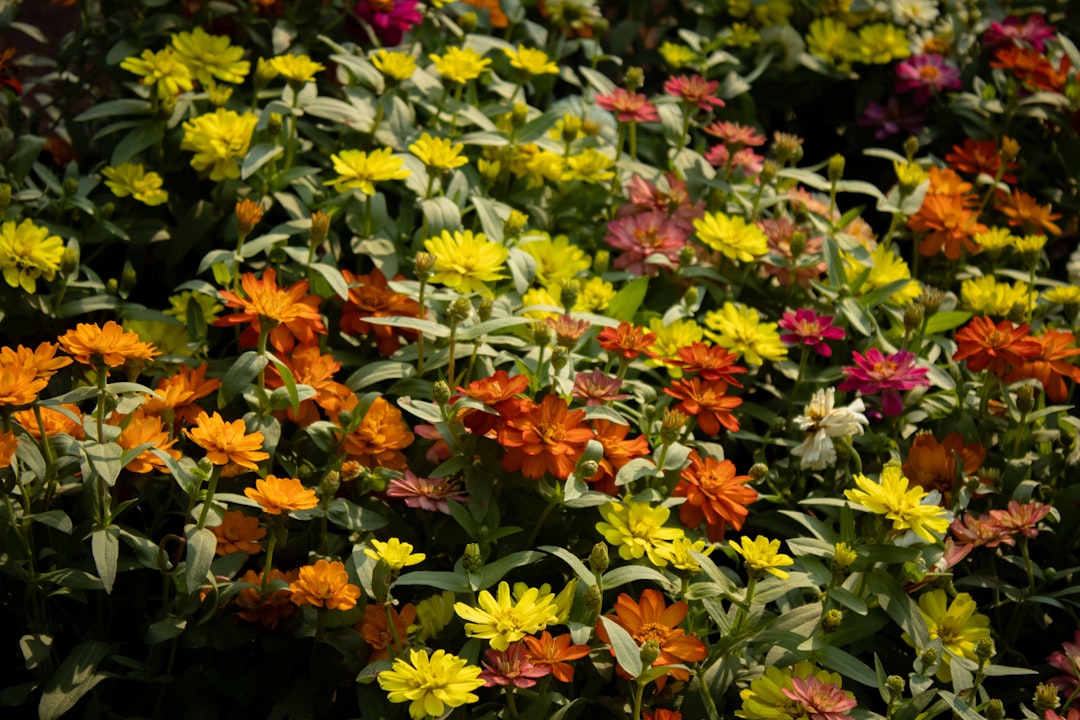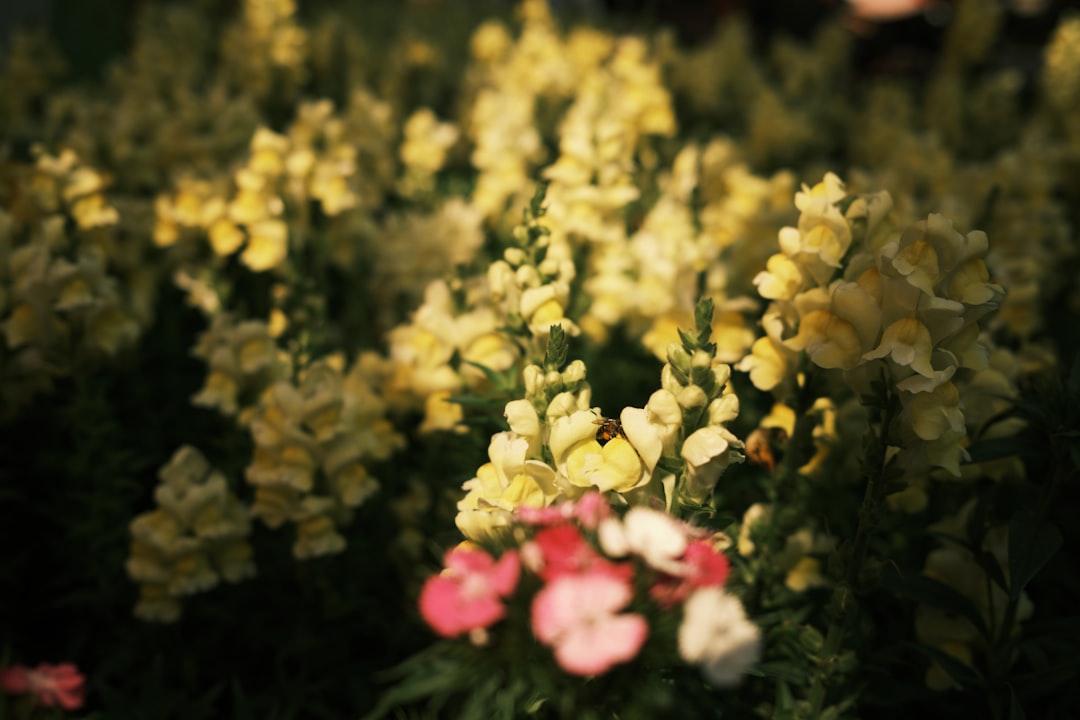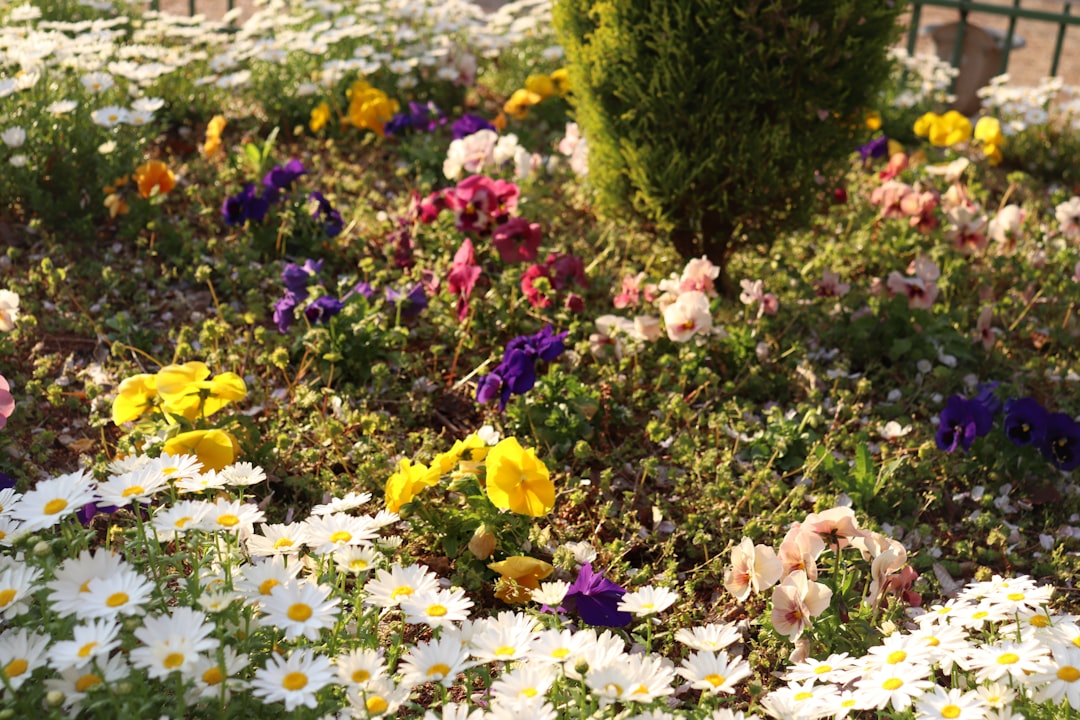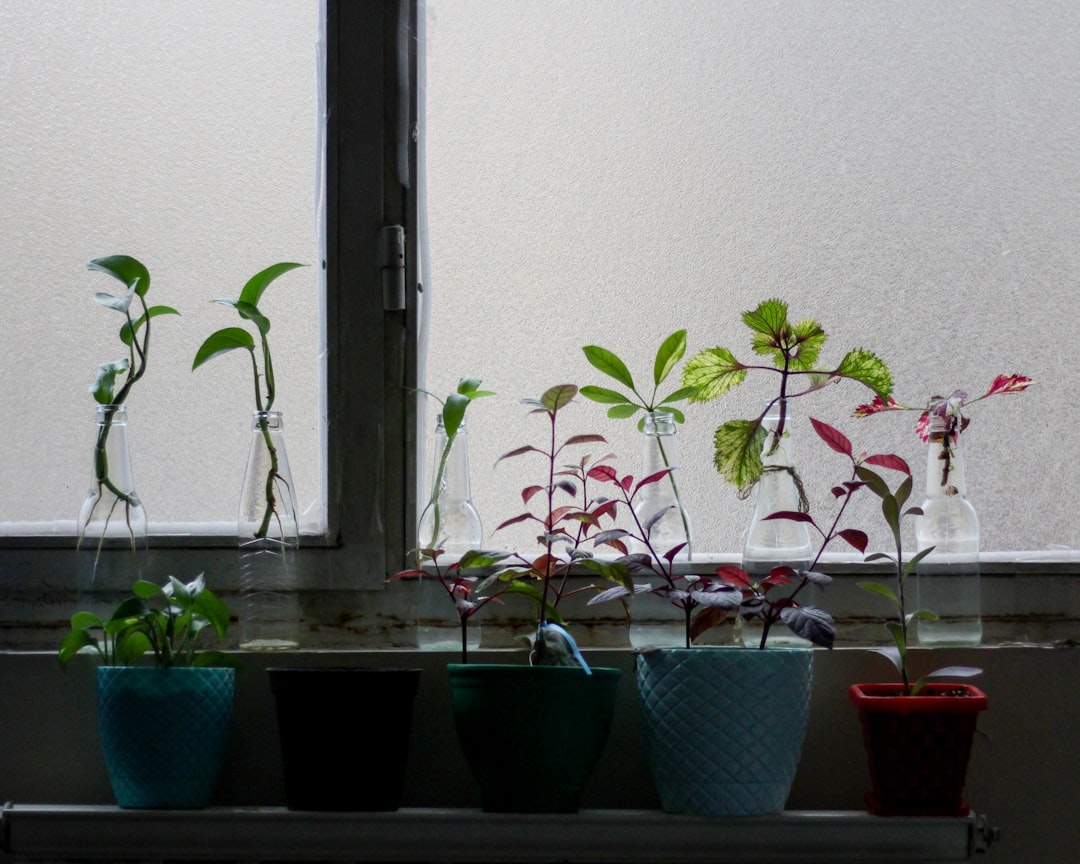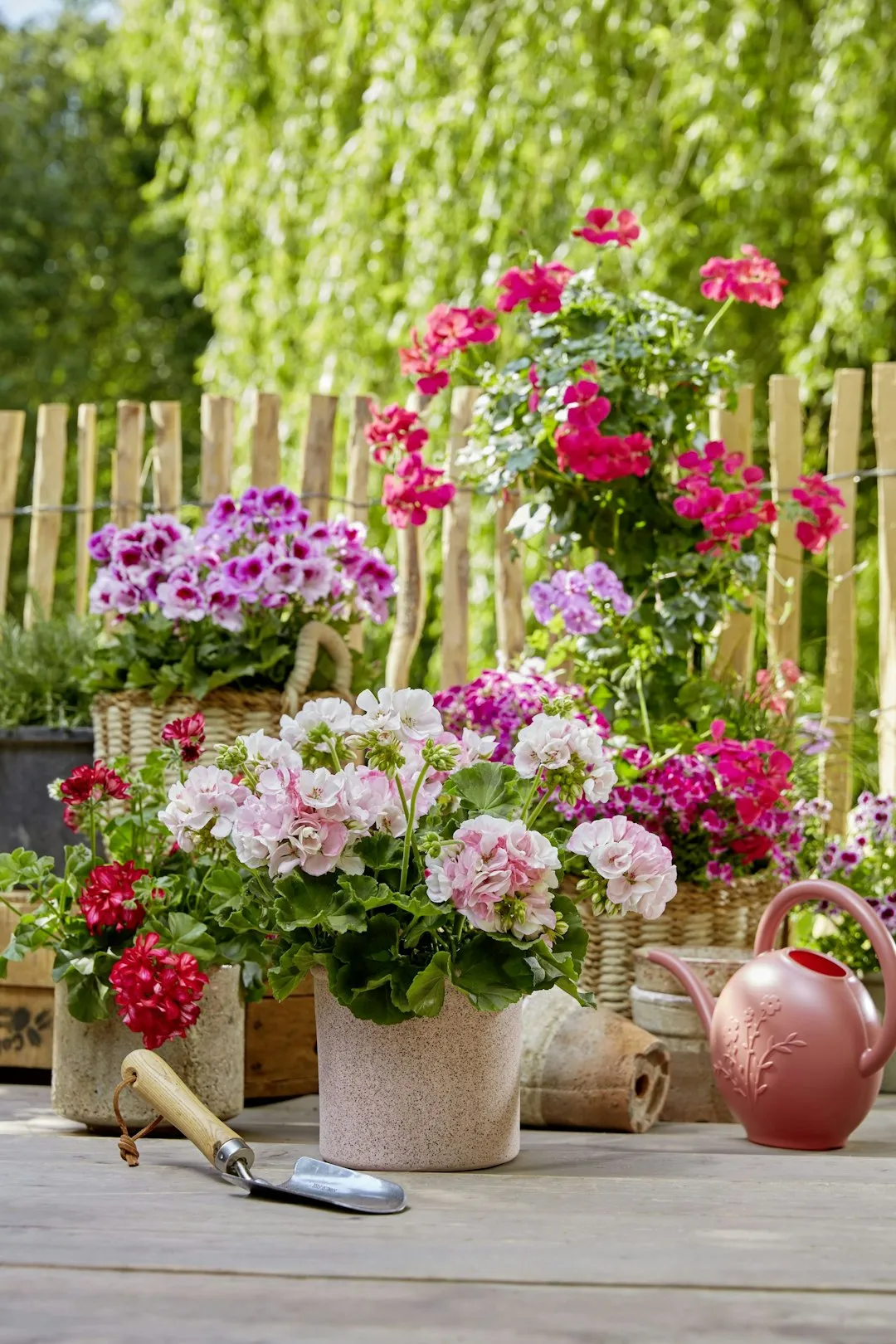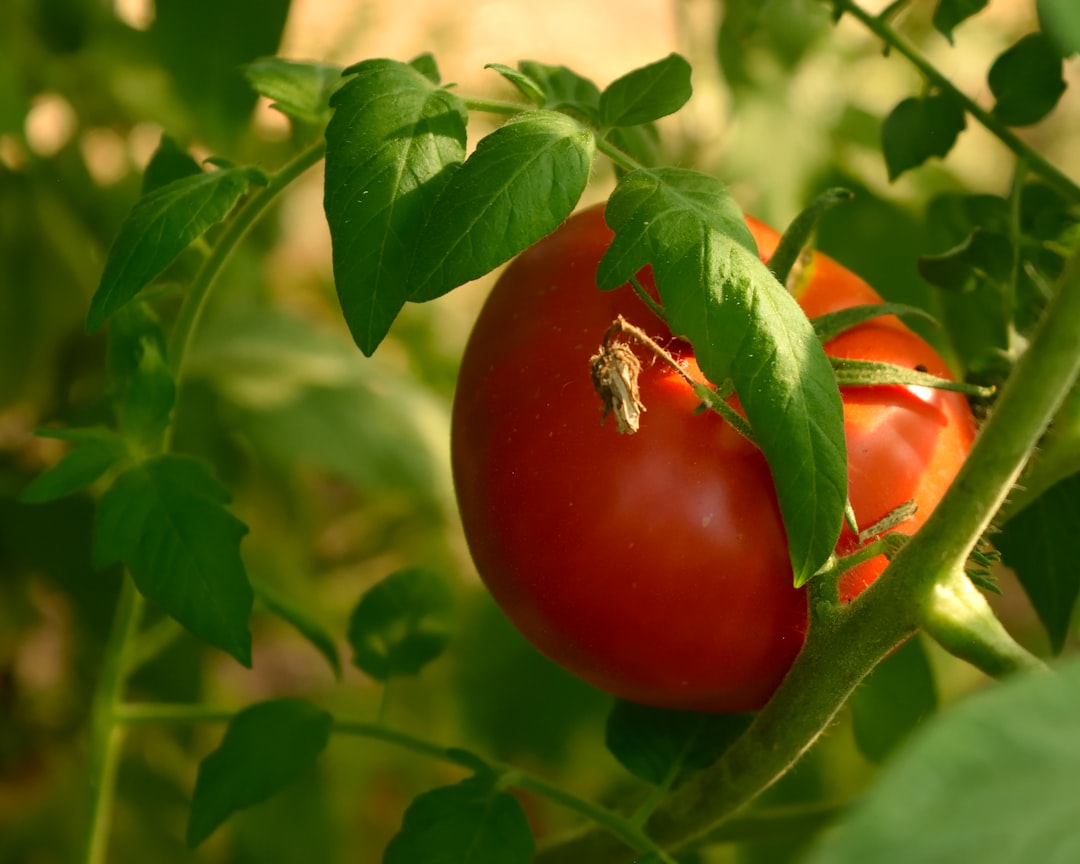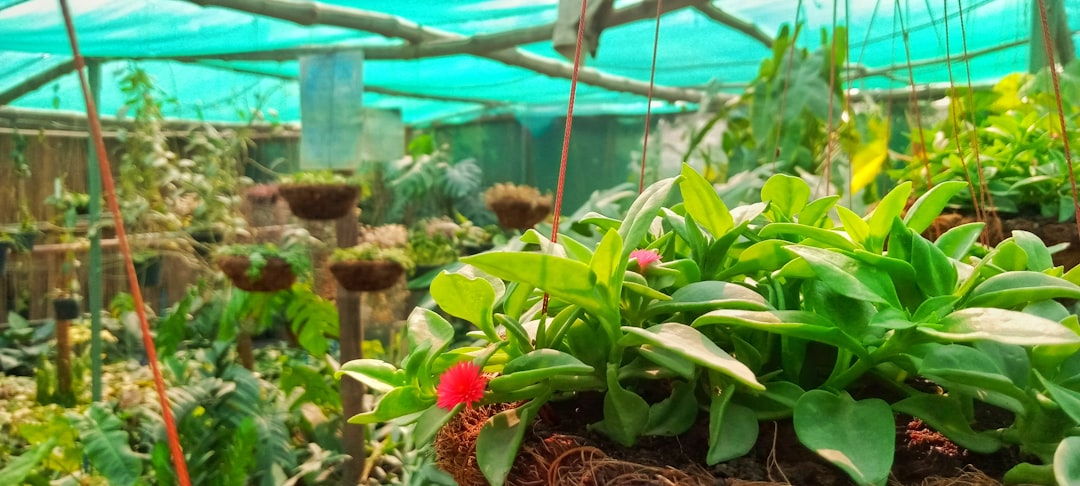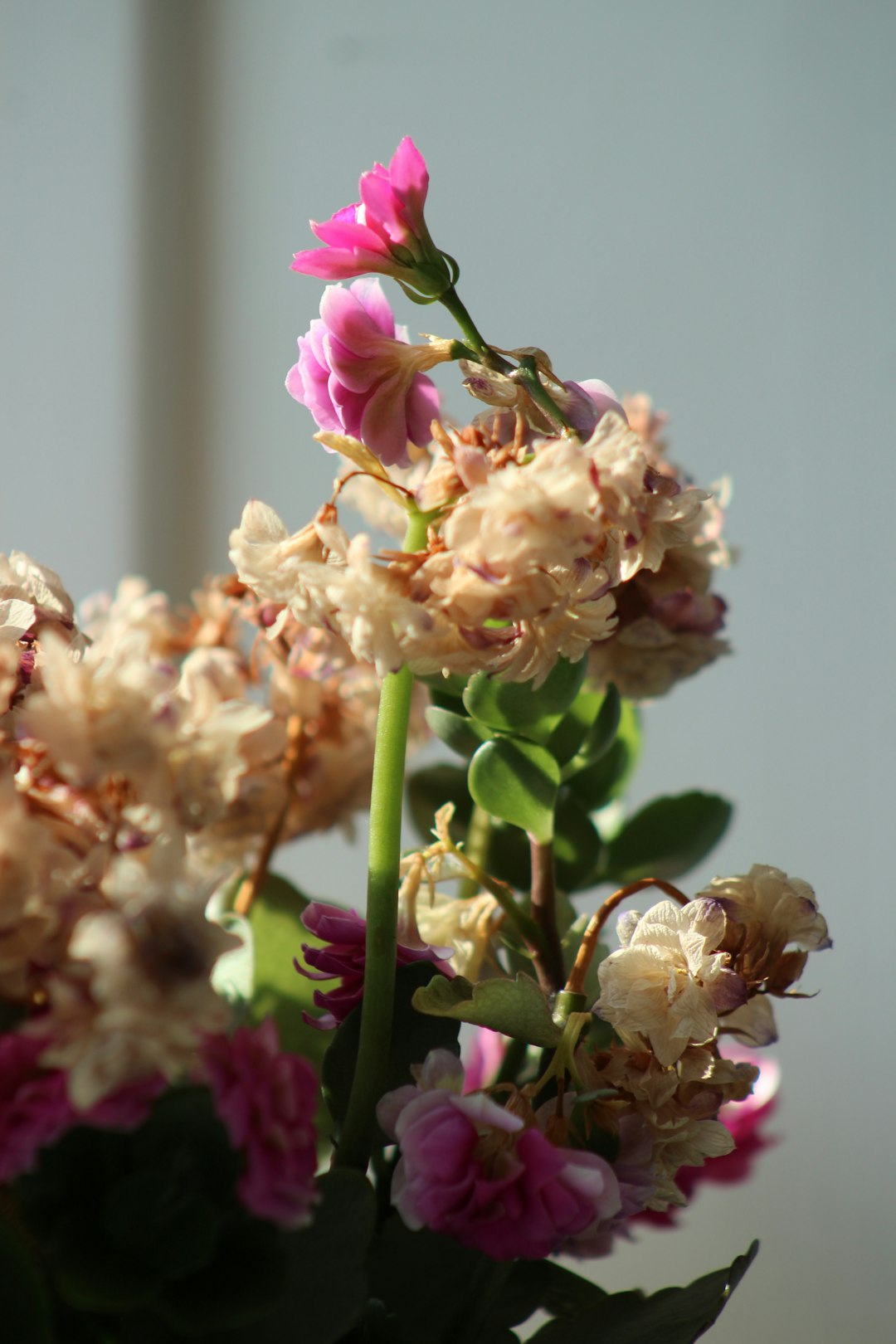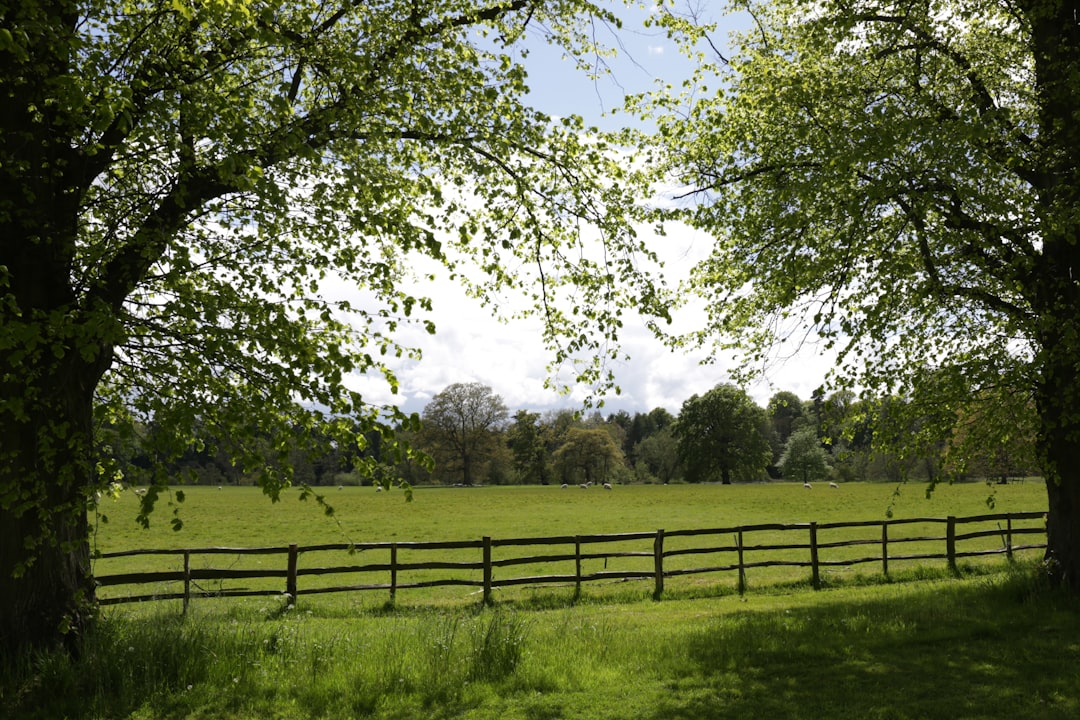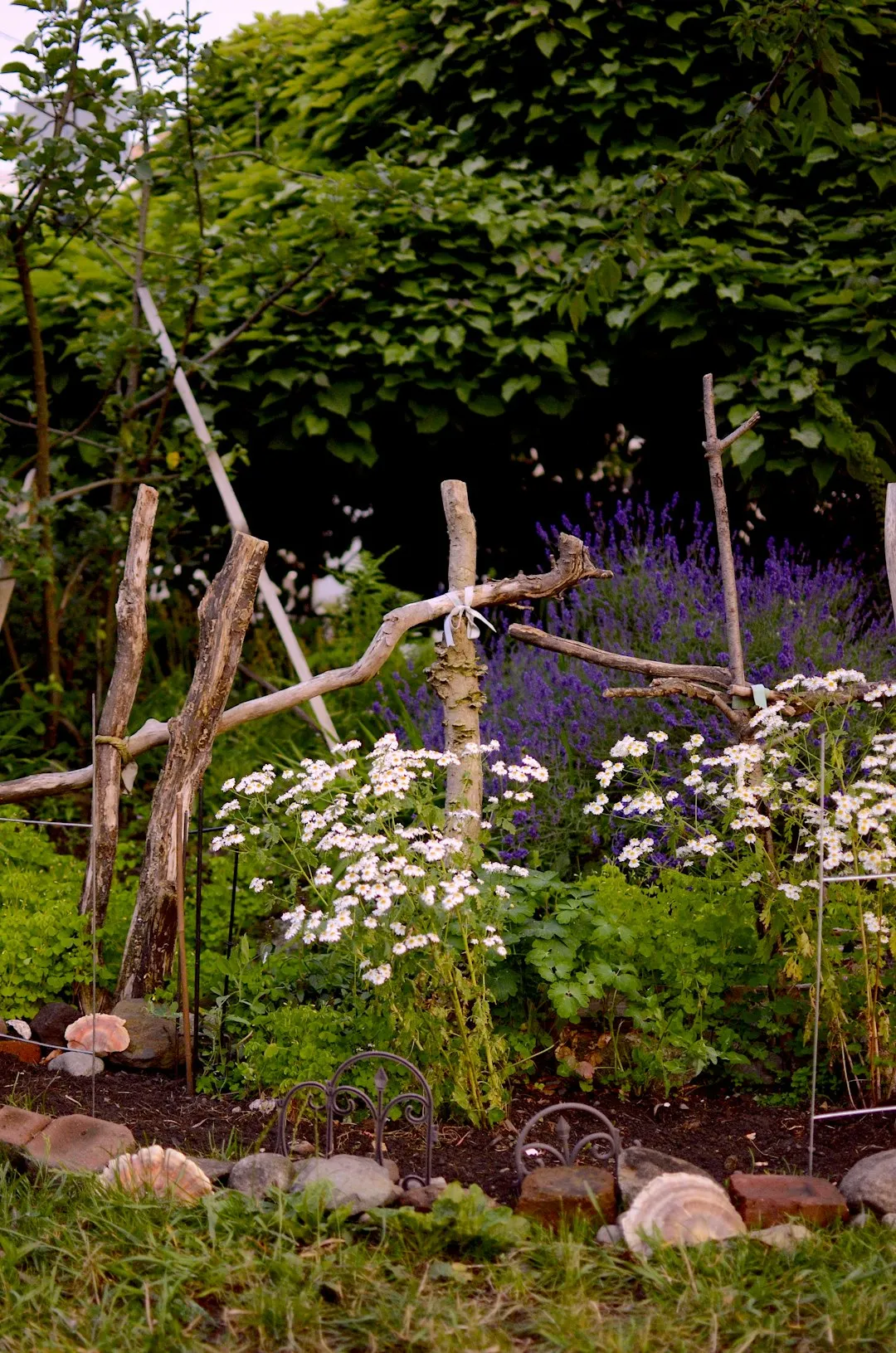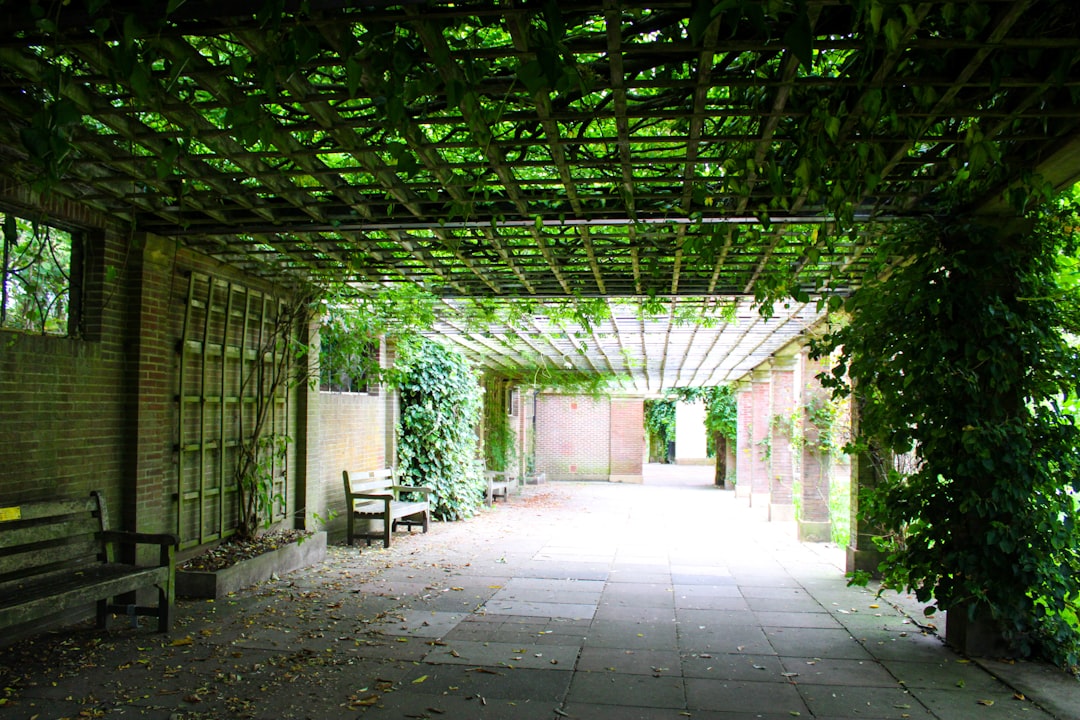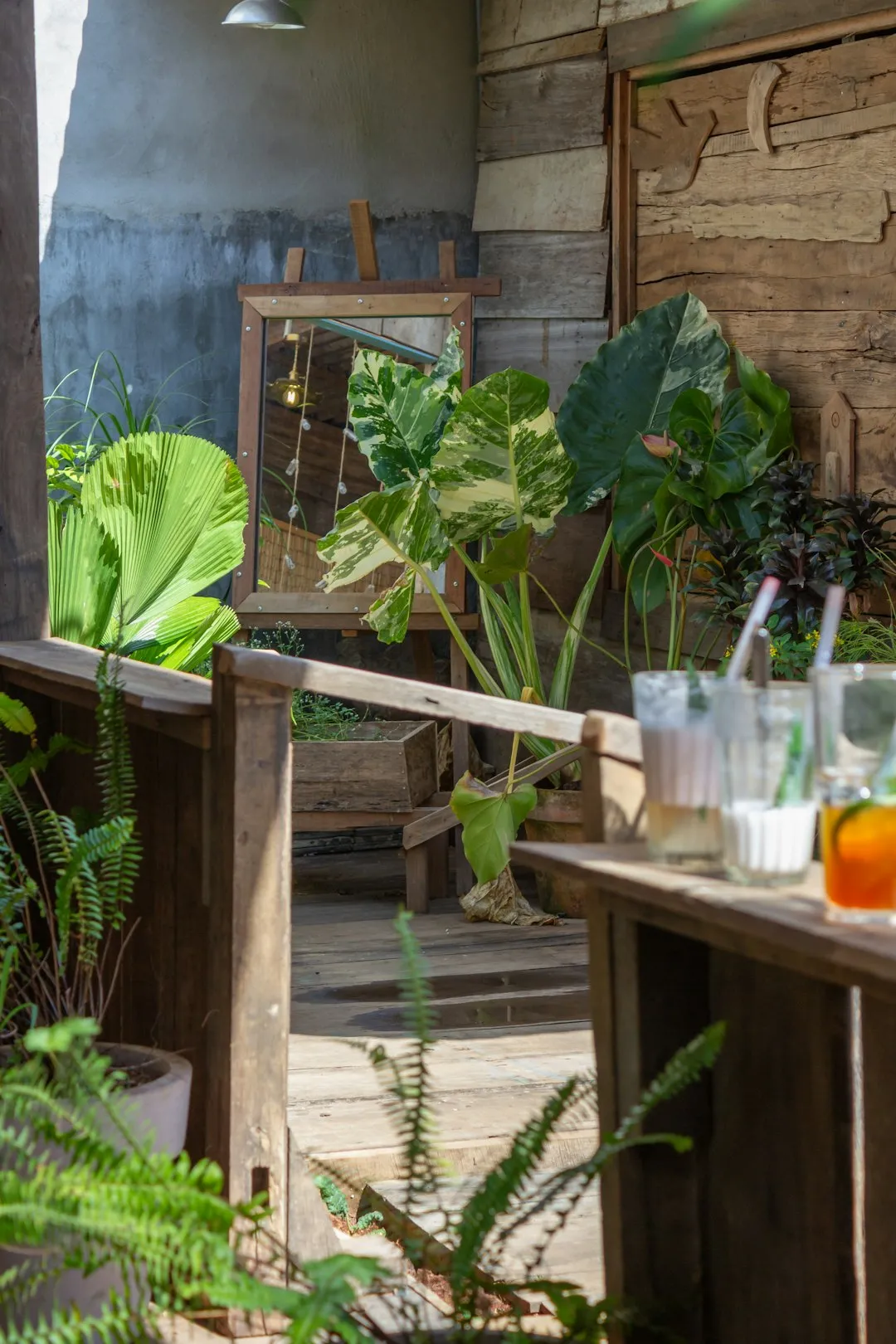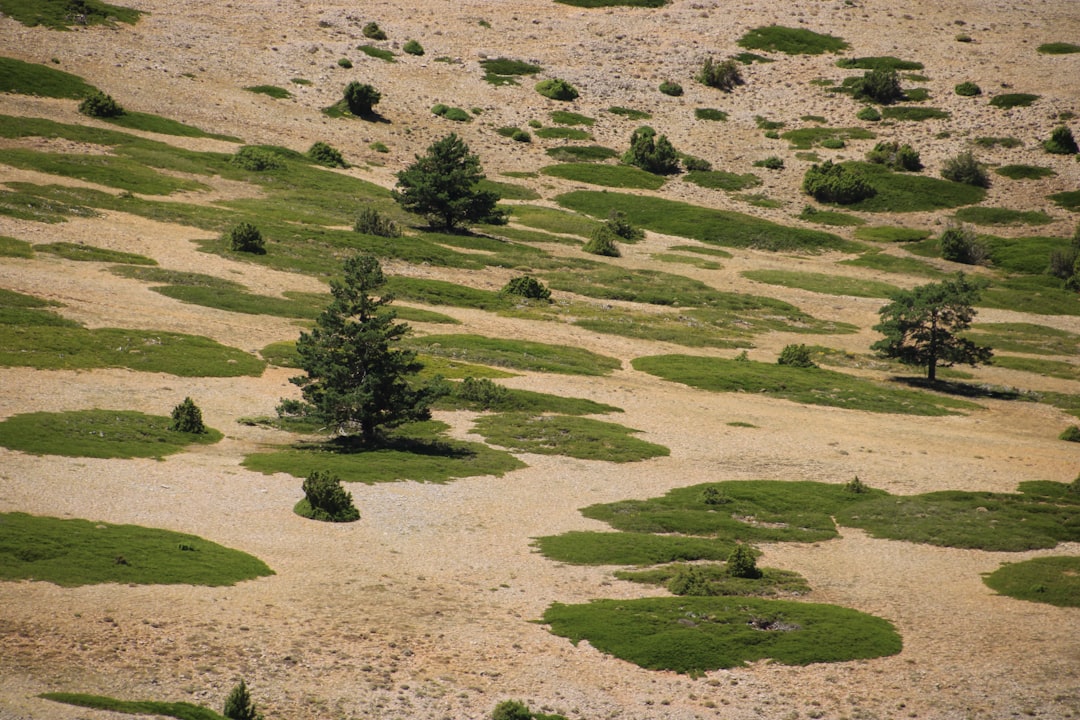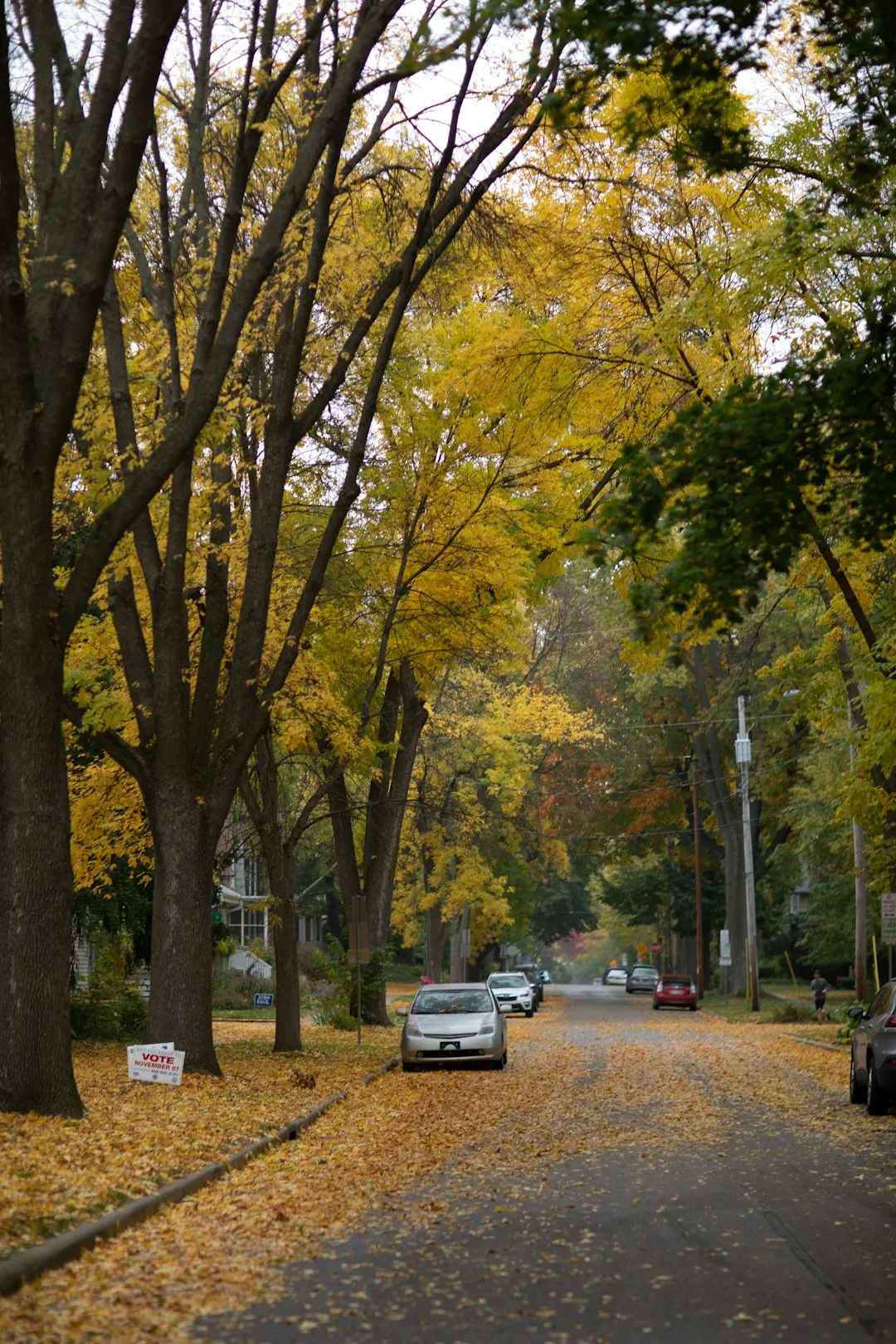
As the days grow shorter and the air turns crisper, September marks a crucial time for yard and garden care. This month presents a unique set of opportunities and challenges for gardeners across different regions. By following these regional checklists, you can ensure that your gardening tasks, from planting to pruning, stay on track and your yard remains a vibrant and healthy space.
In the Northeast region, September is a prime time for planting cool - season vegetables such as lettuce, spinach, and kale. These vegetables thrive in the cooler temperatures that are characteristic of the approaching fall. You can start seeds directly in the ground or transplant seedlings for a quicker harvest. Additionally, it's important to prune any dead or diseased branches from your trees and shrubs. This not only improves the aesthetic appeal of your yard but also helps prevent the spread of diseases. Raking up fallen leaves regularly is another essential task. Leaves can smother your lawn if left unattended, and they can also harbor pests and diseases.
For those in the Southeast, the heat may still linger in September, but it's a great time to start preparing your garden for the cooler months ahead. You can plant bulbs for spring - blooming flowers like daffodils and tulips. These bulbs need to be planted in the fall to establish their roots before the cold sets in. Pruning can be a bit more limited in this region as some plants may still be actively growing. However, you can trim back any overgrown branches that are blocking sunlight or causing congestion. Watering is still crucial, especially during dry spells. Make sure to water deeply and less frequently to encourage strong root growth.
In the Midwest, September brings a transition from the hot summer to the cold winter. It's an ideal time to overseed your lawn. The cooler temperatures and increased moisture in the soil provide the perfect conditions for grass seeds to germinate. You can also plant perennials such as asters and mums, which will add a splash of color to your yard in the fall. Pruning should focus on removing any damaged or weak branches from trees and shrubs. This will help them withstand the harsh winter weather. And don't forget to clean up your garden beds. Remove any spent annuals and weeds to prevent them from reseeding and causing problems next year.
Out in the West, the climate can vary greatly depending on whether you're in the coastal areas or the inland deserts. Along the coast, September is a good time to plant cool - season herbs like parsley, cilantro, and chives. These herbs will continue to grow throughout the fall and into the winter. Inland, where the temperatures can still be quite high, you need to be careful with watering. Make sure your plants are getting enough water, but avoid over - watering as it can lead to root rot. Pruning can be done to shape your shrubs and trees, but be cautious not to remove too much foliage as it can stress the plants. You can also start preparing your soil for the next growing season by adding compost or other organic matter.
Overall, September is a month of transition and preparation in the world of gardening. By following these regional checklists, you can make the most of this time and ensure that your yard remains a beautiful and productive space. Whether you're a seasoned gardener or just starting out, these tasks will help you keep your garden in top shape and set the stage for a successful gardening year ahead.
Remember, gardening is not just about the end result but also about the process. Take the time to enjoy the beauty of your yard as you work on these tasks. And don't be afraid to experiment and try new things. Each region has its own unique gardening challenges and opportunities, and by adapting your approach, you can create a yard that is truly your own.
So, grab your gardening tools and get out there. Your yard is waiting for some September TLC!

